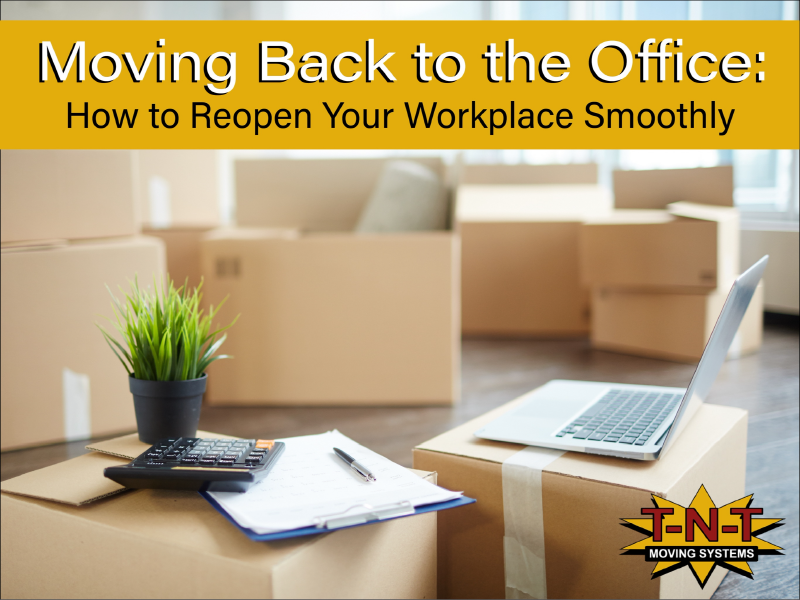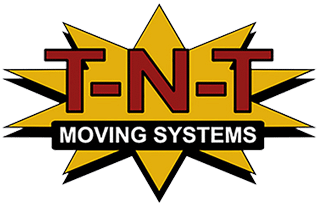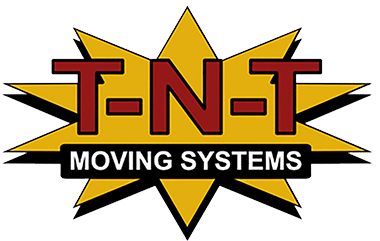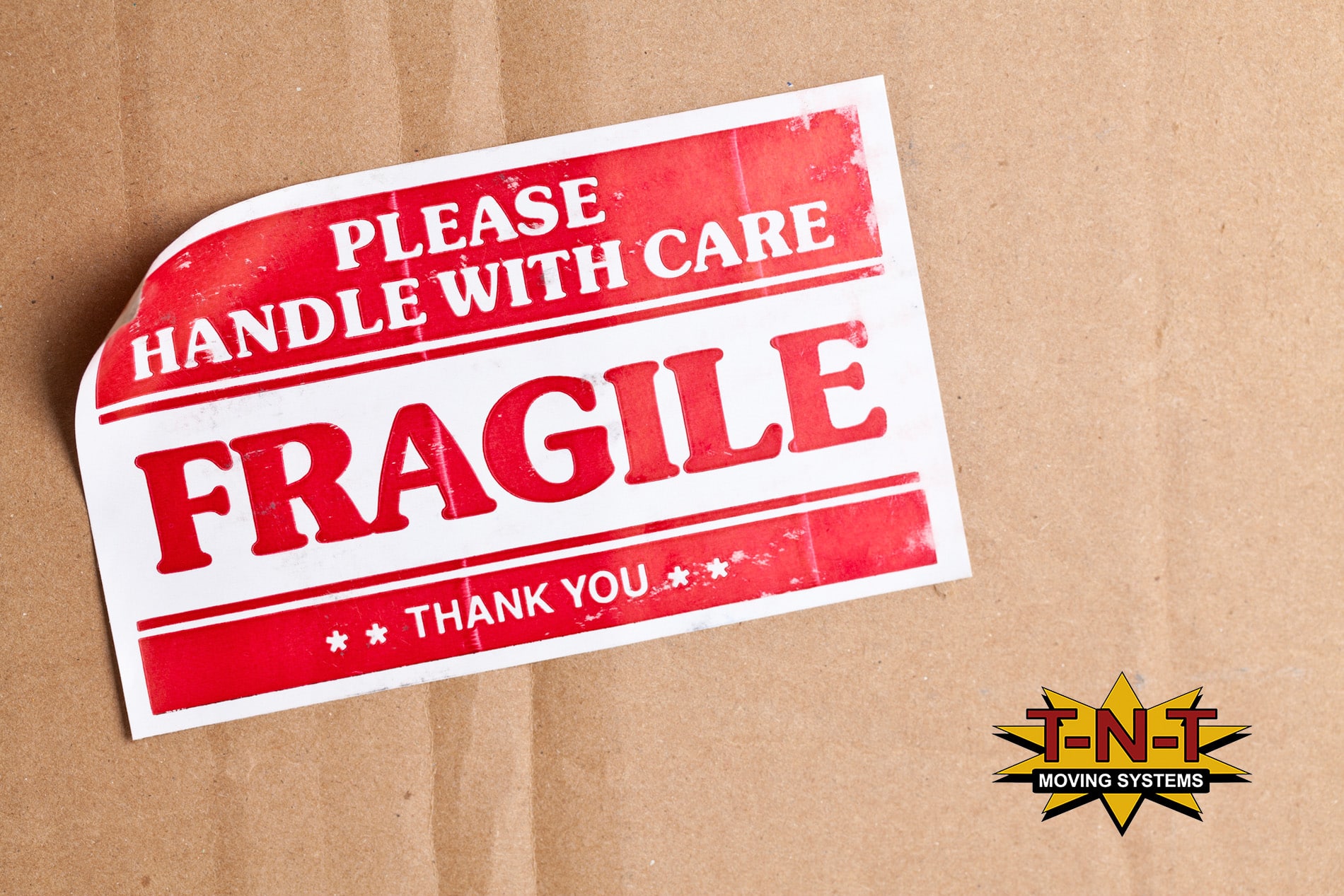Moving Back to the Office: How to Reopen Your Workplace Smoothly

Companies across the country have had enough. While working from home was the only viable option for many business owners and employees throughout the pandemic, we see the light at the end of the tunnel and are ready to get back to the workplace!
Of course, it’s not really that easy. A lot goes into reopening an office, and you must budget for the time and resources it will require. From making essential repairs to ensuring your utilities are in working order, loading in all your equipment and decor, and organizing your workspaces for maximum productivity—it’s a process.
That’s why you need to hire TNT Moving Systems to share the burden! Below, we will discuss the logistics of moving your company back into the office.
Planning the Move
You might be pretty excited to move your team back into the office and get back into the flow of things. And after having a distributed workforce for more than a year and a half, your anticipation is justified! However, you may find that your excitement wanes a little bit once you get into the relocation process.
Planning a move and getting your equipment, furniture, files, and other items into your workplace is going to take a lot of work. If you have ever moved homes, multiply the stress and sweat equity by ten, and you’ll have an idea of what moving back to the office might be like. Fortunately, professionals like TNT Moving Systems are here to help!
Choose a Reputable Moving Company
Some business owners ask their employees to help get their office ready and move all the equipment and other necessities. However, trying to save a buck that way can come back to haunt you. Imagine if one of your team members were to injure themselves or damage an expensive piece of equipment during the process. One incident could end up putting you in a terrible financial situation that is much more expensive than the cost of hiring professionals.
At TNT, each of our staff members is highly trained at what we do, and we have the expertise and skills to safely and securely pack, load, move, and unload heavy or fragile items. We can even make sure each piece is placed in the right location in the office. And we can handle the entire process efficiently so that no one’s time is wasted. It doesn’t matter how big or tricky a piece of equipment is; we will successfully move it on flat ground, hills, stairways, and other challenging terrains!
When moving expensive, large, or heavy equipment, you must safely accomplish each part of the process within a predetermined timeframe. This requires uncompromised attention to all the specific details about your office equipment. For instance, transporting an armchair will require a different approach than moving a photocopier or printer. We have experience relocating a wide range of office and household items, so we can ensure to avoid potentially costly problems.
When choosing a moving service, it is critical to go with a company that specializes in commercial moves. Helping businesses move office equipment is a big part of what we do, and we have all the training and equipment necessary to safely and efficiently set your workplace up. We will ensure that all of your valuable office equipment and furnishings stay protected, and we will make it a priority to minimize your company’s downtime throughout the process.
Do an Equipment Audit
For each piece of office equipment, try to contact the vendor or manufacturer to learn about any specific guidelines you should follow before starting the moving process. Some items may call for special disassembling or reassembling measures, and you will want to avoid damage along the way.
Talk to Your Vendors
If you lease some or all of your equipment, speak with each vendor about your company’s move logistics. In most cases, the vendor will take care of the details and ensure the piece of equipment is transported safely to the new location. Also, if you circumvent the vendor, it could violate your lease agreement or void the equipment warranty. The best thing to do is to contact each vendor and discuss the lease agreement and other expectations. You will need to arrange the details with your vendors well in advance to schedule and coordinate the relocation.
While you’re at it, evaluate your current service agreements, equipment leases, and licenses. Your first step will be to ensure that all of them are still active and figure out when each will expire. Consider taking this opportunity to negotiate better terms on your agreements.
You could also assess each piece of equipment to determine whether it is time to invest in newer models instead of going through the process of moving it to the office. You could even talk with your current vendors about any new package deals available that could save you money in the long run.
Speaking of upgrades, evaluate the quality and usefulness of each piece of office equipment. Is it becoming outdated or starting to show wear and tear? Are some of your tools not covered under warranty anymore? Have you been investing a lot of money into repair and maintenance?
The whole point of equipment is to make your business more productive. But if any of your items are costing too much to operate and maintain, or cost your team valuable time because they are obsolete, it might be time to invest in new equipment. Depending on the vendor you are working with, you may even be able to have your old equipment removed and hauled off while the new equipment is shipped and assembled at your office. That would mean less work and money on your part!
Designate a Project Manager
If the scope of your move is large enough, consider assigning a project manager from your staff to serve as your business’ point person. This manager can contact the movers to arrange the details and make sure everything goes as planned. And if you involve any of your other staff members in the relocation, the manager can delegate tasks to the employees with the necessary skills and expertise.
Check Your Insurance
Another step you want to take before executing your office move is to contact your insurance company. Confirm that all of your equipment is covered, and if it’s not, modify your policy. Be sure to identify any gaps in your coverage so you can avoid any unpleasant surprises.
Label Everything
As with moving homes, you will want to label every single item before you load them on the moving truck to go to your office. It’s even a good idea to take pictures of all your equipment. Document where all of your cables, power cords, wires, and other accessories belong, so you are not wasting time trying to determine what goes with what at the new location. If you have photos and labels on all your stuff, it will help you quickly set up your office and get back to generating revenue!
Set the Stage
Along with arranging for all of your equipment to be safely transported to your place of business, you will also want to ensure the office itself is ready to go. If you need to tackle any repairs (e.g., plumbing, electrical, structural, etc.), do it as soon as possible. Also, be sure to set up all of your water, electricity, gas, internet, and other utilities.
Furthermore, you will want to know where all the equipment, furniture, and decor will go before moving them into the office. This includes any items that you will store away. And make sure you have all your power strips, cables, and other accessories in their proper places before you unload your equipment. An office move can be chaotic, and preparing ahead of time can significantly reduce stress.
Handling Your Team Transition
As you move your company back into your place of business, don’t forget about the well-being of your team. The truth is many employees—and leaders, for that matter—have adapted quite well to remote work. Some have even fully embraced and prefer it now.
Then there are the concerns about health and safety that some workers may have about returning to the office. Though the pandemic is receding, you might meet some hesitancy from your employees, and it’s essential to consider their needs as your team finds their rhythm. Here are a few practical tips to keep in mind:
Be Upfront
Jumping back into a pre-pandemic routine for many of your employees will be challenging. For example, some of your team members who have young children will need to make daycare arrangements, not to mention that their spouse’s job may have undergone significant changes.
Much of the U.S. workforce has been remote for a while, and it will take time to transition to an office environment. Make sure you are transparent about everything your company is doing to keep your employees safe upon returning, and constantly look for other ways to increase workplace sanitation and safety.
Present Data
As you discuss your company’s plans with your team, use reliable data to make your case. For many years now, there has been a push for remote work, which has bred a misconception that a distributed workforce is more productive.
In reality, it’s generally much harder to get work done at home, especially when tending to children and other household responsibilities. Study after study shows that remote work harms most companies’ productivity and creativity. If your business suffers these outcomes, it will hurt your bottom line and, ultimately, can lead to lost jobs.
Take the Necessary Precautions
To be transparent about your company’s safety precautions, you must have the safeguards in place! Think of any ways to arrange your office to accommodate the times we live in. This might include encouraging your employees to practice social distancing and wear masks. It might also include restructuring high-traffic areas.
And, of course, you will want to maintain a consistent sanitation routine that keeps every space and piece of equipment clean. Moreover, some businesses are monitoring their team members for COVID-19 symptoms each morning before entering the office.
Help Your Team Adjust
For most companies, the transition to a remote work model in 2020 was abrupt. When you talk with your team about returning to the office, mention how you survived that transition and assure them you will make it through this one too.
Fortunately, you will have more time to plan your team’s return than you had for closing down the office. Give your employees as much time as they need to adjust, and make sure you communicate all of your expectations and timelines.
Hear Their Opinions
You may lead your business, but your employees have a right to make decisions that could potentially impact their health and well-being. The last thing you want is to force a quick return to the office while your team is uncomfortable doing so.
Involve your team members in the decision-making and planning processes to ensure everyone’s voice is heard. This not only can generate excellent ideas within your company but also boost team morale! Give them the freedom to develop alternative approaches to the problems you will face in the months ahead.
Remain Flexible
While it’s essential to craft a solid transition plan, it’s just as crucial that it stays flexible. Your company’s needs will be unique from those of others, and there isn’t a one-size-fits-all plan that is guaranteed to work. Do whatever is necessary to make a plan your team is comfortable with, and expect to tweak that plan and redirect your steps along the way.
Conclusion
Returning to the workplace can be an exciting step toward your company’s long-term growth. But you must prepare for the process of moving your equipment and other items to the office. Work with an expert team like TNT Moving Systems, and you can ensure every last thing is safely and efficiently transported to your office while saving you time, energy, and stress. And remember to help all of your employees transition smoothly back into the new routine!




